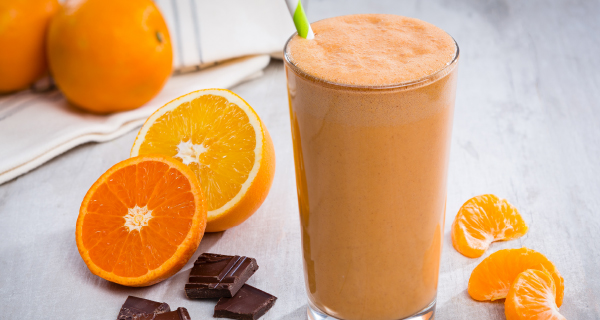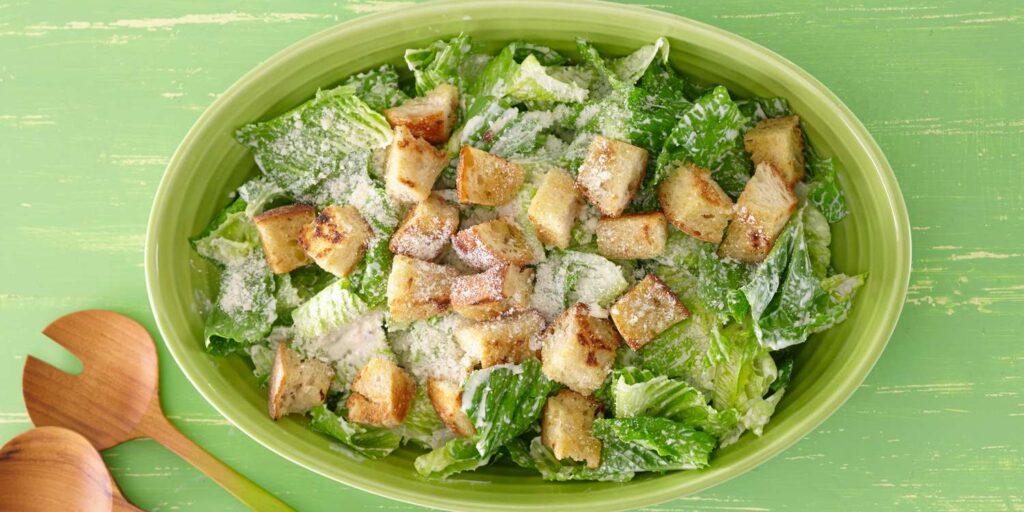
History and Recipes of the Caesar Salad: 100 Year Anniversary
Jack Marquette
Marketing Intern
Origins
It’s unique that a dish can have a birthday on a special occasion or holiday. In this case, Caesar salad can join that short list. On a 4th of July night in 1924, the Caesar salad was created in Tijuana, Mexico. It is expected that a dish like this would be created in America or Italy. While those countries are still a massive reason for its existence, it will always be a dish that originated in Mexico. The city of Tijuana, Mexico is right on the border of the United States and Mexico and served as a hotspot for American citizens during probation.
July 4th, 1924
To celebrate the birth of their country, American citizens flocked to Tijuana to legally enjoy alcohol in another country. At Caesar’s Palace Hotel in Tijuana, Italian immigrant chef, Caesar Cardini was overwhelmed by the holiday partiers. To get food out quickly, he grabbed olive oil, parmesan, egg, Worcestershire sauce, and lettuce thrown together and tossed in a big wooden bowl. The Caesar salad was now invented and already a big hit. The picture to the right shows the current table side salad at Caesar’s Hotel today. They still take pride in what they have created and have kept it the same as it originated.

Evolution
The original restaurant on Avenida Revolución still stands and is open for business, but the original Caesar salad has been changed and altered to create alternative versions of the salad. There will always be the original, but many additions such as bacon, maple syrup, prosciutto, and even oyster mushrooms have been added by different chefs. Ultimately, Cardini stresses that even if the dish was created in Mexico, it is still an Italian dish. The more other chefs add, it is still an Italian dish and there will always be the original. Below are some Caesar salad recipes we want you to try.
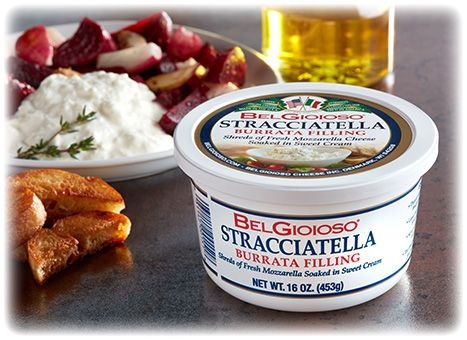
Our July Cheese of the Month is certainly something to boast about! This month we have a soft, delicate cheese with a milky, fresh flavor that resembles a Mozzarella ball but with a soft filling of fresh pieces of Mozzarella soaked in heavy cream known as “Stracciatella.” Each ball is made from fresh milk from local farmers, hand-formed, and packaged in water to ensure maximum freshness. Eat plain or with an antipasto cheeseboard.
Top a hot baked pizza just before serving, or add to salads of arugula and peaches or Caprese with tomato and basil. Burrata pairs well with tomatoes, roasted peppers, herbs, cured meats, melon, grapes, peaches, olives, and light wine.
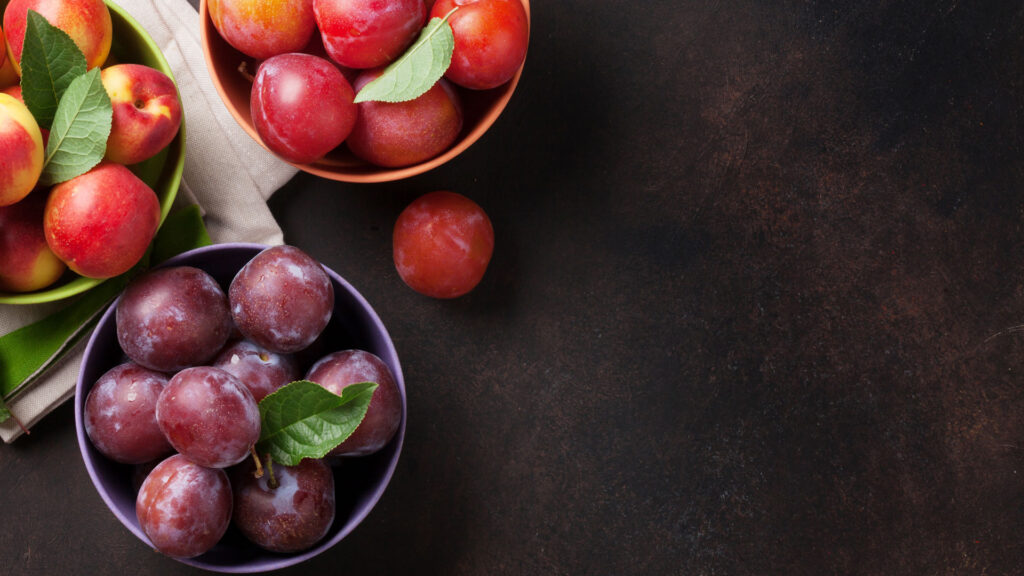
Cherishing Cherries!
In our opinion, one of the more underrated fruits out there is the cherry. They are sweet, snackable, and perfect for the summer. They are great alone or an important ingredient in endless tasty recipes. That’s why this summer we plan on cherishing this awesome stone fruit.
To start, there are two different types of cherries: tart and sweet. Tart cherries are good for cooking and baking, while sweet cherries are the type you buy to eat as a snack. When purchasing these sweet snacks, look for the firm and plump ones that appear bright and glossy. Sweet cherries are mainly grown in California, Washington, and Oregon, while tart cherries can commonly be found in Michigan and Wisconsin. Some popular types of sweet cherries are Bing, Lambert, and Rainier. The most common type of tart cherry is the Montgomery, best when used in baking as they hold their shape better than their more snackable relatives.
At Price Chopper & Market 32, we love using cherries in our recipes. And not just the classic cherry pie. Check out some of these delectable recipes, perfect for the summer!
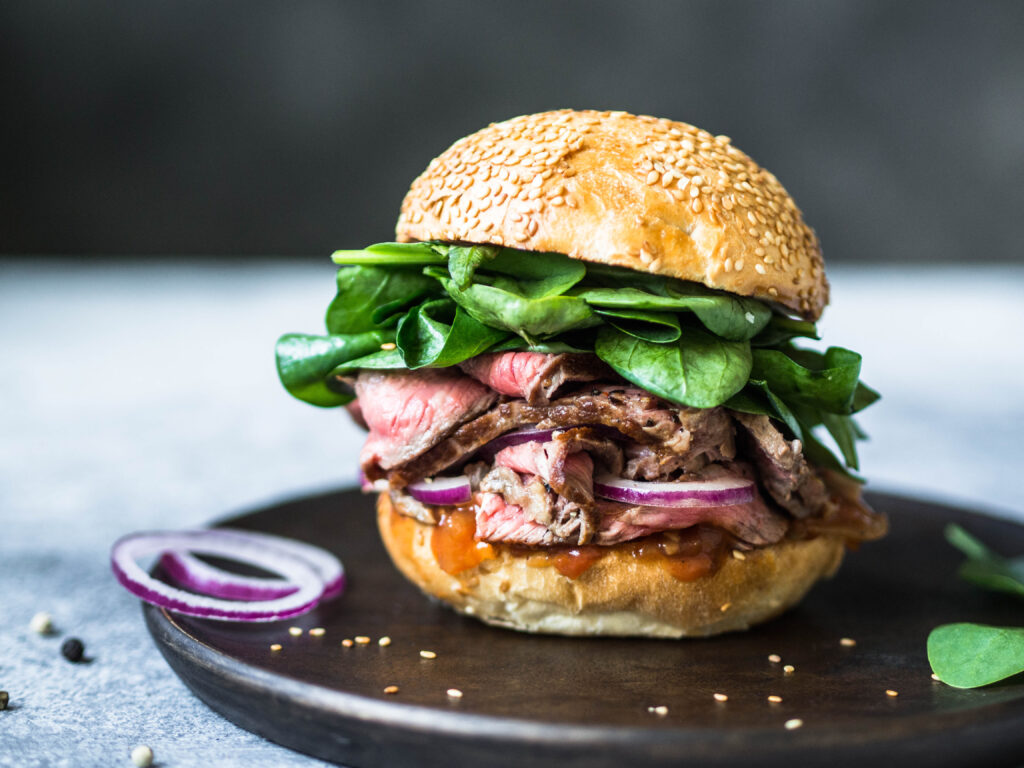
Picture this: tender slices of grilled steak nestled between two slices of toasted artisan bread, perhaps with a smear of garlic aioli or a tangy steak sauce. Sounds incredible, right? Now picture a fun fiesta of a fresh bed of lettuce, ground turkey, beans, & corn. Sounds amazing, right?
What if we told you these Steak Sandwiches & Taco Salads only have five ingredients? Easy and delicious! Let’s check out this week’s items to make these recipes…
Taco Salads:
1 package Ground Turkey (Buy one get one FREE!)
1 can (16oz) PICS Black Beans
1 can (16 oz PICS Canned Corn)
1 package PICS Taco Seasoning
Shop for Taco Salads here!
Steak Sandwiches:
1 package Certified Angus Beef Steak (Buy one get one FREE)
1 package RealSweet Vidalia Onions
1 container Market 32 Whole White Mushrooms
1 bottle PICS Marinade
1 pack Market 32 Rolls (found in bakery section)
Shop for Steak Sandwiches here!
Check out this fun twist on your steak sandwich!
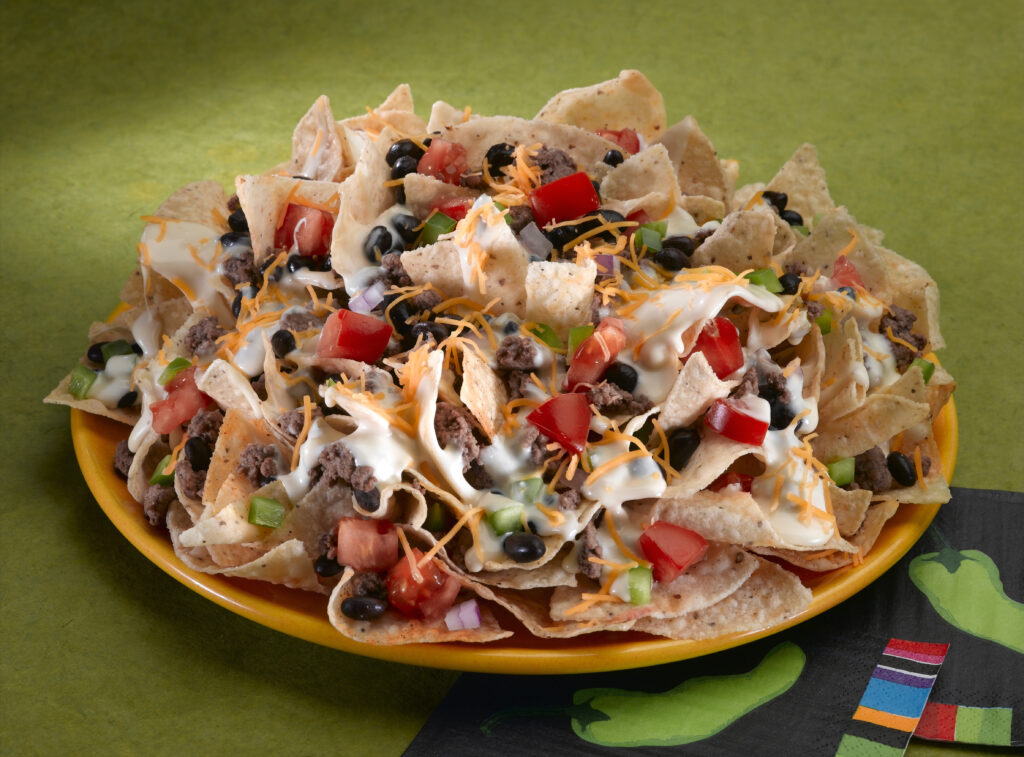
Summer is the perfect time to fire up the grill, gather with friends and family, and indulge in delicious, hearty meals. This week, we are bringing you a traditional burger recipe, along with a nacho appetizer and meatball sub for lunch. Better yet, Market 32 80% Ground Beef Mega Pack is on sale this week only!
Let’s see what ingredients we have on the menu…
Burgers & Beans!
1 lb. Ground Beef
1 pack PICS Hamburger Buns
4 ears Corn
1 can (16oz) PICS Baked Beans
Shop for Burgers & Baked Beans here!
Hearty Meatball Subs!
1 lb. Ground Beef
1 pack Market 32 Hoagie Rolls
1 jar Ragu Pasta Sauce
1 bag (8oz) PICS Mozzarella Cheese
Shop for Meatball Subs here!
It’s Nacho Time!
1 lb. Ground Beef
1 bag (8oz) PICS Mozzarella Cheese
1 bag On the Border Tortilla Chips
1 jar (16oz) PICS Salsa
1 can (16oz) PICS Canned Black Beans
Shop for Nachos here!
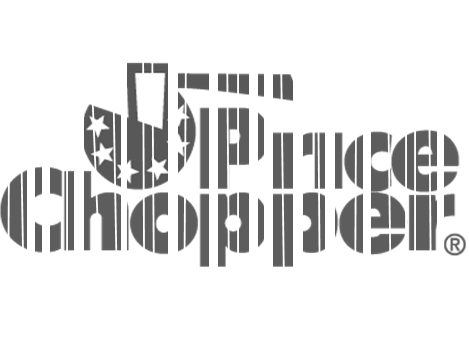
History of the Barcode: 50 Year Anniversary
Jack Marquette
Marketing Intern
Origins of the Barcode
As technology is rapidly advancing and we see the widespread adoption of different forms of QR codes, NFC (Near-Field Communication), and other forms of scanning. But where does it all trace back to? We all take for granted the convenience and simplicity of scanning bar codes at the grocery store. The implementation of barcodes allowed for a much faster and innovative way to scan groceries. That is why the first uses of barcodes were in grocery stores. Exactly 50 years ago today, on June 26th, 1974, Norman Joesph Woodland and Bernard Silver implemented a barcode onto products in a Marsh store in Troy, Ohio. To do this they had to first implement UPCs (Universal Product Codes) which give each item in a store its own identity with a unique ten-to-twelve-digit code. This step was integral in creating the barcode and only occurred a little over a year prior to the implementation of the first barcode.
Inspiration for Implementation
The idea of the barcode was in works for many years prior to the implementation. While attended Drexel University, Woodland and Silver were inspired by a local grocer who also wanted a faster way to check inventory and speed up the check-out process. After working on the Manhattan Project during the end of World War II, Woodland drew the concept for the first barcode on Miami Beach in 1949. This original design was a bullseye design with concentric circles, shown to the right. This design was conceptualized by Woodland because it could be scanned from all angles. Unfortunately, due to the lack of technology in the early 50s they were unable to implement their idea. This led to inheriting the barcode we all know today in 1974 when technology made it possible to accomplish.
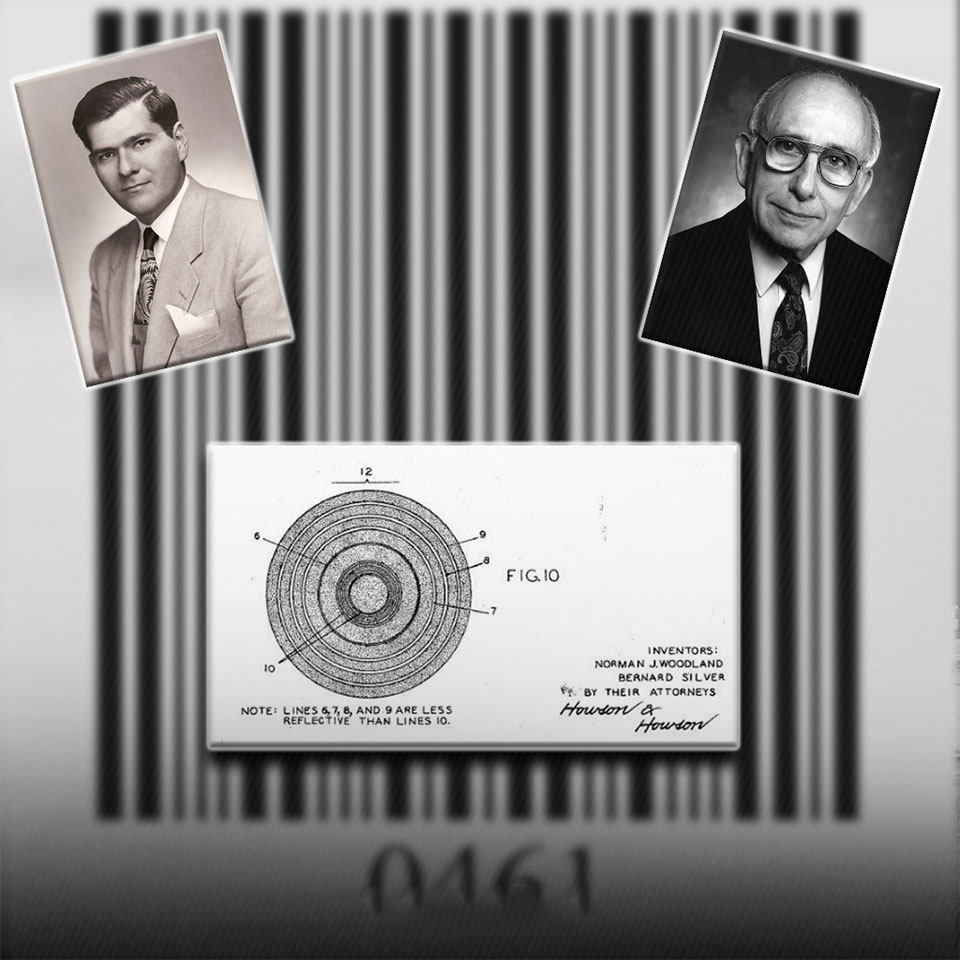
Progression of Barcodes
The advancements of technology have pushed barcodes farther than Woodland and Silver could have ever imagined. In 2005, airliners started putting barcodes on boarding passes, certainly a decision we can all appreciate. Cutting down boarding times was not the only way barcodes have had a positive impact on people. In 2008, smartphones were able to display barcodes, making ticket and coupon scanning even more convenient and eliminates the threat of losing physical versions of those items.
How Barcodes Work
The scanner of a barcode acts as a light and illuminates the code and sensor provided to detect the light reflecting off. This sensor then generates a signal and is sent to a decoder that interprets that signal to finally convert it to text. You can then see the product you scanned on the machine you are using within seconds. This is why each barcode needs a unique, UPC. Needing unique barcodes with each product UPC makes it the differentiator of products and is what helps detect the product with its maker, cost, and quantity.

home.grown. Farm Feature: Gade Farm
Jack Gelok
Marketing Intern
Gade Farm: A Family Tradition Rooted in the Heart of New York
This beloved farm is in Guilderland, New York. Gade Farm stands on pillars of tradition, community, and sustainable agriculture. This family-owned farm has been cultivating the land and nourishing its community for over a century, offering a rich blend of history, innovation, and down-to-earth charm.
A Century of Heritage
This story beginning date all the way to 1876, when Danish immigrants Hans and Sophie Gade purchased a simple piece of land. Over the decades, their dedication and hard work transformed this small farmstead into a thriving enterprise, passing down a legacy of agricultural excellence through the generations. Today, Gade Farm remains family-operated, with each generation adding their own chapter to its storied history.
Looking Out for the Capital Region
What sets Gade Farm apart is its unwavering commitment to sustainable farming practices. The Gade family has long understood the importance of nurturing the land, implementing techniques such as crop rotation, cover cropping, and integrated pest management to maintain soil health and reduce environmental impact. Their organic gardening center offers a wide range of eco-friendly products.
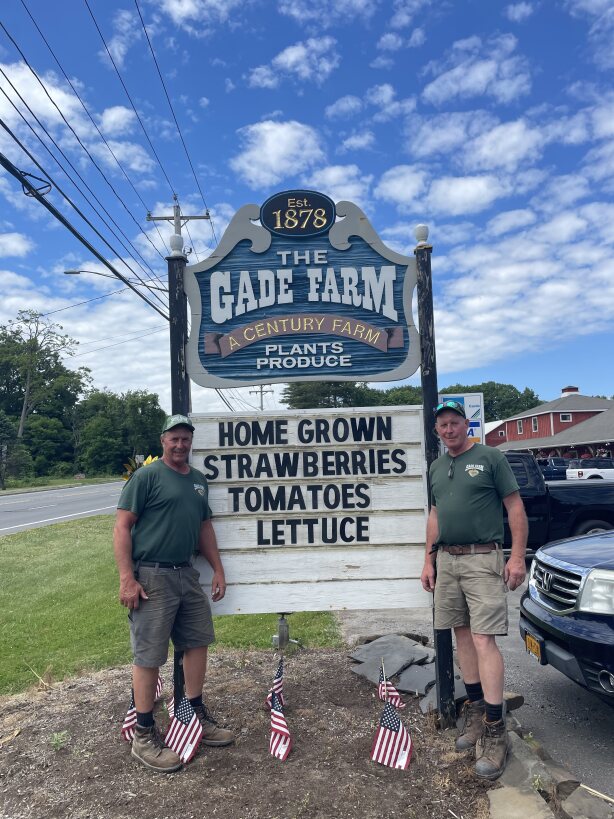
Strawberries to Pumpkins
Gade Farm is known for having a wide variety and diverse array of fresh produce, available throughout the growing season. From the first strawberries of spring to the hearty pumpkins and squash of autumn, the farm’s bounty reflects the rhythms of nature. Visitors can enjoy picking their own fruits and vegetables, a delightful experience that connects people with the source of their food.
More Than Just a Farm
Beyond its phenomenal produce Gade Farm looks out for the community. The farm market is stocked with a variety of locally sourced goods, including artisanal cheeses, fresh-baked breads, and homemade preserves. They also offer whatever your seasonal need are looking for thus can be anywhere in between hayrides or holiday markets.
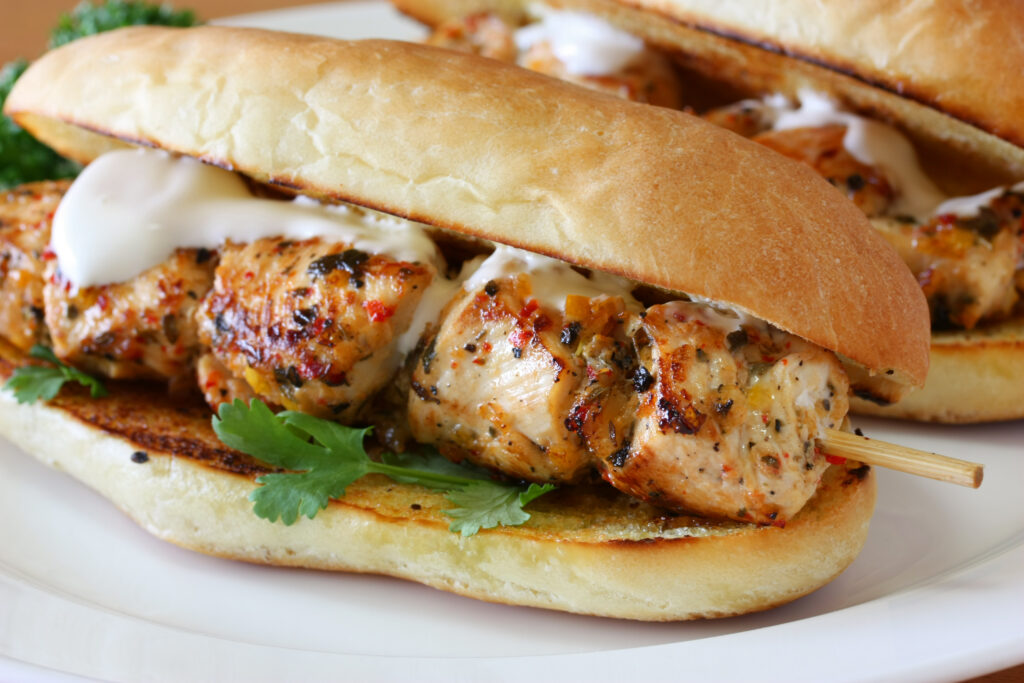
Buffalo Chicken Mac:
1 lb. Market 32 Boneless Skinless Chicken Breast Savings Pack
1 block PICS Brick Cheese
1 bottle PICS Mild Wing Sauce
1 box PICS Pasta
1 lb. Celery
Shop for Buffalo Chicken Mac here!
Chicken, Asparagus, & Potatoes
1 lb. Market 32 Boneless Skinless Chicken Breast Savings Pack
1 bag Market 32 Russet Potatoes
1 lb. Asparagus
Shop for Chicken, Asparagus, & Potatoes here!
Chicken Spiedie Sandwich
1 lb. Market 32 Boneless Skinless Chicken Breast Savings Pack
1 bag Market 32 Hoagie Rolls
1 bottle PICS Spiedie Sauce
Fries or Chips with leftover potaotes
Chicken Spiedie Sandwiches here!
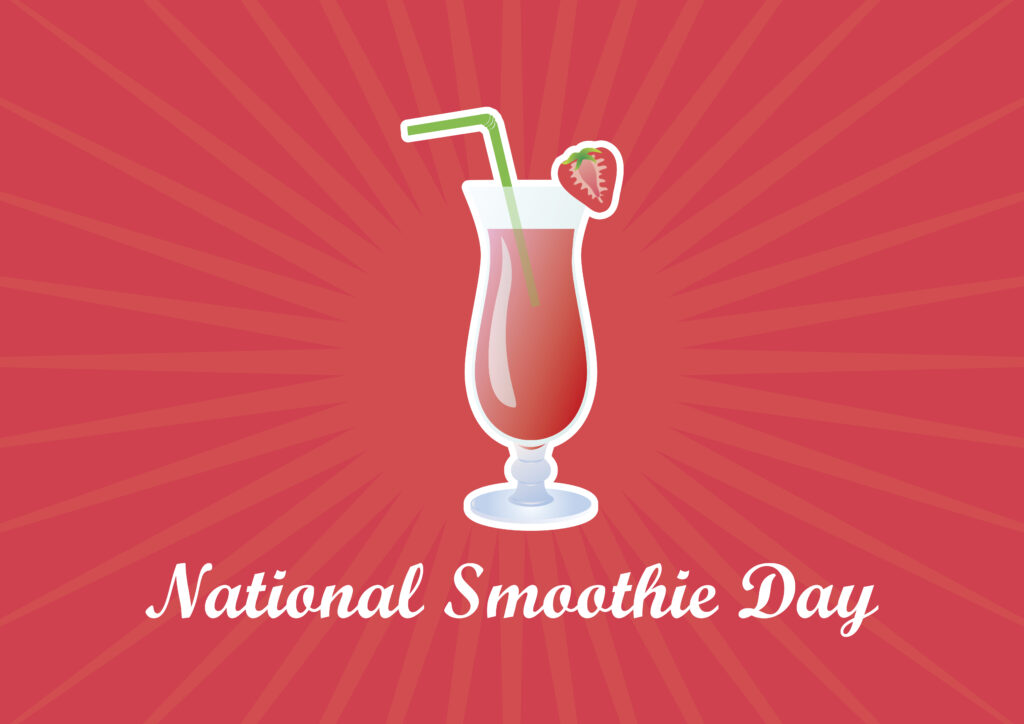
Mia Teal
Marketing Coordinator, Paid Media
June 21st is National Smoothie Day, the perfect occasion to blend up some delicious and nutritious smoothies! Whether you’re a fan of fruity, creamy, or green smoothies, or even a hearty smoothie bowl, there’s a recipe out there for everyone. Let’s explore some delightful smoothie recipes & helpful tips that will make your celebration truly refreshing.
Tips for the Perfect Smoothie
- Balance Your Ingredients: Aim for a mix of fruits, vegetables, protein, to create a well-rounded smoothie.
- Freeze Your Fruits: Using frozen fruits can help create a thicker, creamier texture without the need for ice.
- Sweeten Naturally: Opt for natural sweeteners like honey, agave syrup, or dates.
- Experiment with Liquids: Try different liquids like coconut water, almond milk, or oat milk.
- Don’t Overdo It: Keep an eye on portion sizes and the amount of sweeteners to maintain a balance.
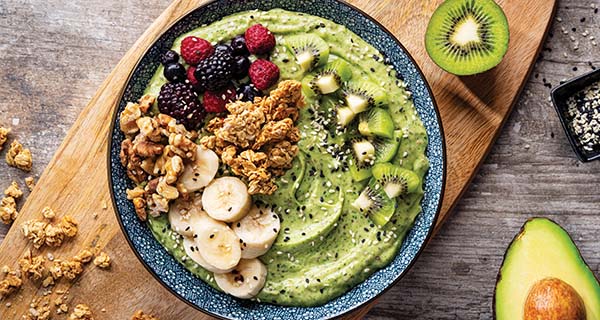
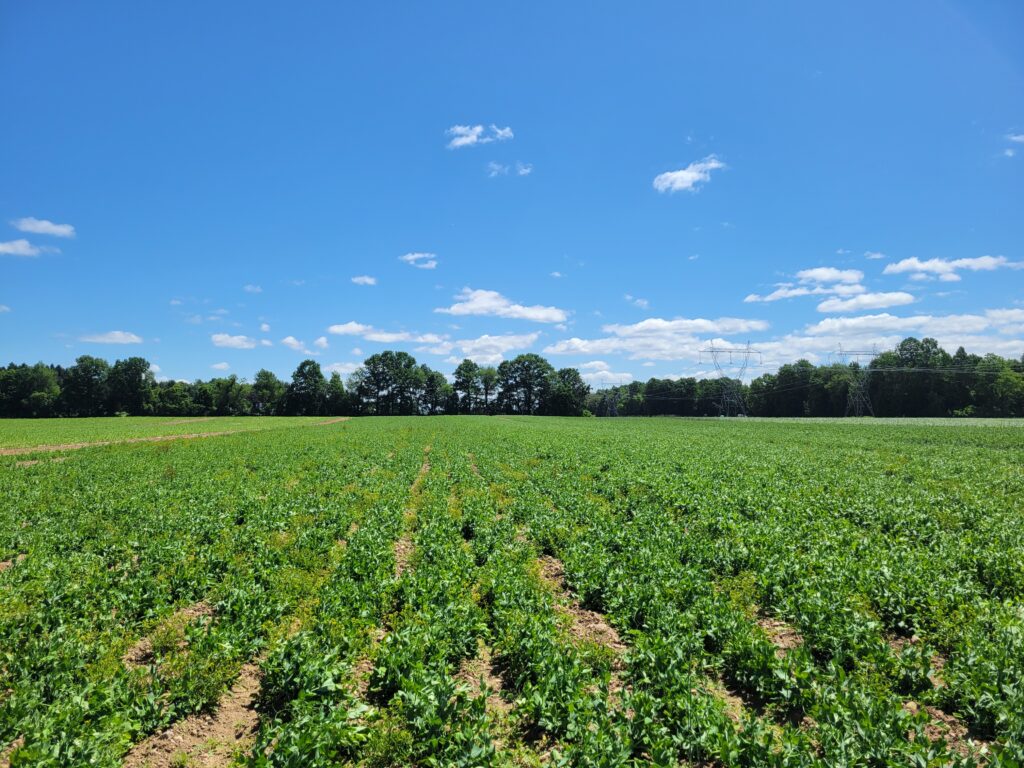
home.grown. Farm Feature: Reeves Farms
Jack Gelok
Marketing Intern
A Berry Sweet Legacy: The Story of Reeves Farms
It all started with a young 18-year-old coming from Draycott, England to Jacksonville, New York. His name was Arthur Thomas Reeves the founder of Reeves Farm. Arthur started out working on his aunt and uncle’s farm, but by 1898, he and his wife Mary had saved enough to buy their own patch of paradise on what is now known as Reeves Road. With eight kids running around, the Reeves family was starting a farming legacy.
The Fast-Paced World of Farming
In the mid-1920s, Arthur’s son Edward, along with his wife Flossie, took the reins and moved the farm a bit further down Reeves Road. They focused on crops and milking cows. Their son Cecil, after a stint in the Navy during WWII, decided he’d had enough of cows and set his sights on crop farming. Cecil and his wife Dorothy juggled raising nine kids and growing vegetables and grain, proving that farming really is a family affair.
60’s Expansion
By the 1960s, the farm was expanding faster than you can say “strawberry shortcake.” Cecil and Dorothy bought more land, growing fresh market vegetables and berries. Their hard work laid the groundwork for the farm’s next big leap.
The Reeves Farm Today
In 1990, Cecil and Dorothy handed the keys over to their sons Bruce, Mark, and Brian. After Bruce left the partnership in 1992, their brother Andy joined the team. Today, two of Mark’s children, Nolan and Karin, are also part of the farm’s management, making Reeves Farms a true multi-generational operation.

The Reeves Family Looking into the Future
What makes Reeves Farms extra special is their commitment to sustainability. They use Integrated Pest Management, reduced tillage, cover crops, crop rotation, and organic production to keep the soil and water healthy. It’s all about farming smart to ensure this land can keep producing mouthwatering berries and veggies for generations to come.


